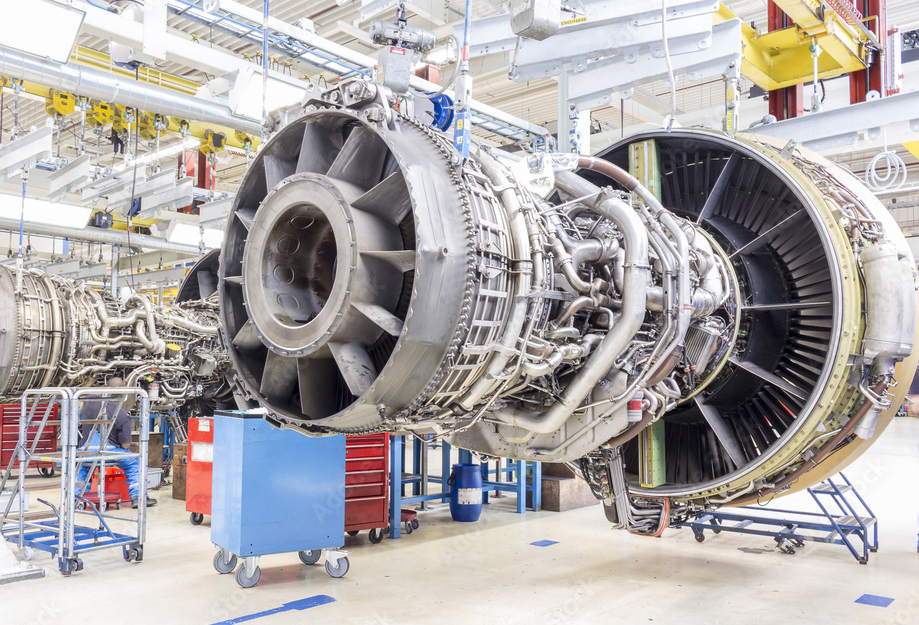Sustaining the world’s fleet of commercial, business, and private aircraft is a vast global network of Maintenance, Repair, and Overhaul (MRO) facilities. The active roster of MROs certified by the Federal Aviation Administration alone exceeds 5,000, 80% of which are located in the U.S., employing more than 90,000 engineers, technicians, and mechanics who are specifically trained to service aircraft engines, components, and systems.
While the majority of aircraft maintenance is preventive and covers engines, airframes, and components, there are unscheduled—or unexpected—events that require light repairs or parts replacements. These services account for around 15% of all MRO activities. Driven by innovation in aircraft propulsion technologies as well as an aging aircraft fleet, annual engine and component services are expected to nearly double over the next decade and grow by more than US$ 22 billion.

In spite of technological advancements in aviation safety, the industry continues to witness a rapidly rising rate of insurance claims due to foreign object debris—any object, person, or wildlife in the wrong place at the wrong time—as well as engine claims, ground collisions, slips and falls, aircraft groundings, and mis-fueling incidents. Adding to these risks are the growing liability awards due to higher costs of evermore sophisticated aircraft engines, systems, and composite materials, which require exceptional expertise and technology.
Broadly welcomed are increasingly stringent safety standards and new laws to promote unified maintenance standards. The Safe Aircraft Maintenance Standards (SAMS) Act of November 2019, which has also boosted the MRO market growth, was strengthened by the Restoring Aviation Accountability Act of February 2020. These new laws will continue to drive demand for higher transparency in aircraft design, manufacturing, and maintenance.
The timing of the SAMS Act was fortuitous in light of a study published by Allianz Global Corporate & Security in the same year. Based on 51,867 aviation insurance industry claims worth more than US$ 16.3 billion, between 2013 and 2018, the study revealed that machinery breakdown and aircraft maintenance, including faulty workmanship, accounted for 19% of claims and generated damages in excess of US$ 3 billion.
Based along an airport perimeter, MRO facilities comprise a wealth of assets, ranging from multi-million-dollar infrastructure to aircraft whose value can reach hundreds of millions of dollars, in addition to fuel reservoirs as well as high-tech aircraft diagnostic and maintenance tools. With the added responsibility of perimeter security compliance and asset protection of the aircraft under its custody—whether for storage or maintenance—uninterrupted surveillance becomes critical to a profitable MRO business.
With the next-generation solid-state LiDAR technology by BestLidar, an array of sensors placed around MRO facilities can provide real-time intelligent visual monitoring and alert integration for perimeter intrusion, asset interaction, collision prediction and prevention—a key safety issue during aircraft movements on the airport taxiway and apron as well as in and out of hangars.
BestLidar’s solid-state Lidar sensor has a powerful reach of 300 meters (close to 1,000 feet) and a broad field of view at 120° (h) by 30° or 60° (v). Without motors and mirrors, no calibrations are required—ever. The 360,000 light beams are uniquely signed and encrypted to ensure authenticity and reliability. Its compact footprint and autonomy support hostile environmental conditions with only a six-watt power requirement.
In addition to preventing damage to assets and protecting lives, BestLidar’s solid-state sensors have a total cost of ownership that is only a fraction of the cost of traditional Lidar technologies, with the added benefit of superior performance and autonomous reliability.


